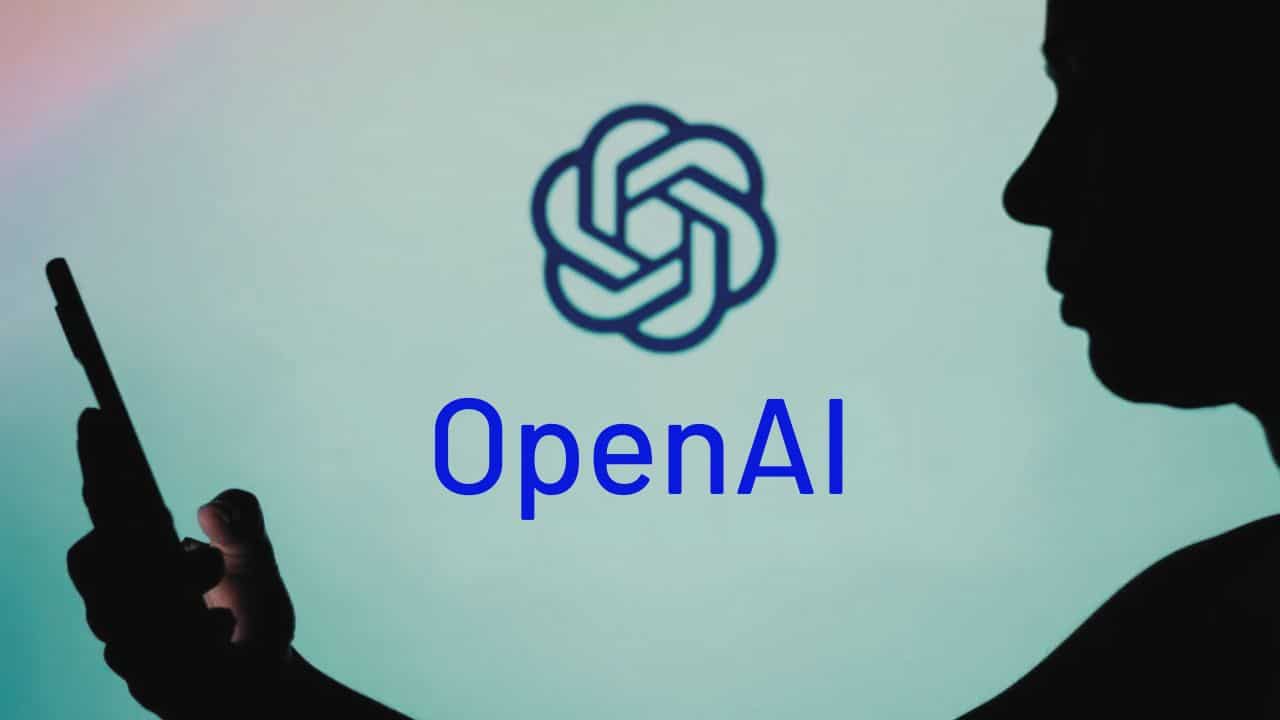Procurement fraud presents a risk to companies by causing harm and damaging their reputation and operations. The growing adoption of procurement software highlights the importance of knowing how these solutions can effectively combat fraudulent behavior. This piece delves into procurement fraud, its consequences, recurring forms, and the valuable role played by software functionalities in detecting fraudulent activities.
Understanding Procurement Fraud
Fraud in procurement involves actions to gain unfair advantages during the procurement process, such as corruption, submitting false invoices, or rigging bids—illegal activities that can occur in various ways within today’s complex supply chains. Organizations need to stay alert because fraudsters constantly change their tactics, which might surpass detection methods, necessitating a proactive approach to combat the growing risk of procurement fraud.
Illicit behavior doesn’t just harm a company’s status; it can also damage the connections with suppliers and clients. In today’s interconnected global economy, the consequences of fraudulent activities in procurement go beyond individual companies to affect entire sectors. These repercussions can disrupt supply chains, raise prices for consumers, and undermine market trust, fostering an atmosphere where ethical standards are often overshadowed by the quest for profit.
The Impact of Procurement Fraud on Businesses
The impact of procurement fraud can have severe consequences for an organization’s finances, as they may incur losses from deceitful transactions or overpriced goods and services.
Investigations reveal that companies could suffer losses ranging from 5 to 20 percent of their revenue due to fraudulent activities. This significant figure underscores the necessity of establishing fraud detection mechanisms and providing employees with the proper training to identify suspicious practices in procurement processes.
Procurement fraud goes beyond immediate financial consequences; it also undermines the trust between parties involved in business transactions. Clients and suppliers may hesitate to continue their partnerships due to concerns about credibility and integrity issues arising from fraudulent activities. This can lead to lasting damage to a company’s reputation. Moreover, legal implications, penalties for compliance violations, and increased scrutiny from auditors and regulators could pose challenges for organizations involved in fraudulent practices. In industries where trustworthiness is critical, rebuilding relationships and regaining confidence can take considerable time.
Common Types of Procurement Fraud
Kickbacks:
When suppliers provide incentives or commissions to procurement staff in return for contracts.
Phantom Invoices:
Invoices submitted for payment that are linked to goods or services that do not exist.
Collusion:
Collaboration between buyers and suppliers to influence bidding procedures.
Bid Rigging:
Occurs when suppliers conspire to inflate prices or hinder competition.
Invoice Fraud:
Occurs when prices on invoices are artificially increased to obtain more money.
The Role of Advanced Software in Fraud Prevention
By grasping these forms of procurement fraud, companies can pinpoint weaknesses in their procedures and implement the required measures to reduce risks effectively. Cultivating an environment of transparency and ethical conduct within the company can also act as a deterrent to fraud. Training programs, transparent reporting channels, and a strict stance against unethical actions can encourage staff to behave ethically and report questionable behavior without fear of reprisal.
Furthermore, utilizing technology like data analysis and AI can greatly improve the ability to detect fraud. These systems can examine patterns and anomalies in procurement data, highlighting inconsistencies that could signal fraudulent activities. As businesses move toward digitalizing their procurement procedures, incorporating technologies like GEP‘s innovative solutions will play a critical role in preventing procurement fraud and maintaining ethical practices across the entire supply chain.
Key Features of Fraud Detection Software
Exploring the Impact of Sophisticated Software on Preventative Measures Against Fraud
In the fight against procurement fraud, organizations are increasingly relying on procurement software. These tools offer enhanced oversight and management of procurement operations beyond traditional methods.
Fraud detection software uses algorithms and data analysis to track transactions and identify suspicious activities, sending real-time alerts to the appropriate personnel. By automating the detection process, companies can lower the risk of human error and expedite the resolution of issues significantly.
Key Features of Fraud Detection Software
Anomaly Detection:
Identifies unusual trends or actions in procurement processes.
Audit Trail:
Provides a detailed record of transactions for auditing and investigation purposes.
Integration Capabilities:
Seamlessly integrates with existing procurement systems and enterprise resource planning (ERP) platforms.
Artificial Intelligence:
Uses machine learning to improve fraud detection by continuously learning from new data.
User-Friendly Dashboards:
Offers easy-to-understand visual representations that allow procurement experts to quickly assess critical information.
These features empower companies to proactively monitor procurement risks, offering the tools necessary to detect fraud before it escalates.
The Importance of Real-Time Alerts
Real-time alerts are revolutionizing fraud prevention by notifying procurement teams of suspicious activities immediately, enabling swift action to mitigate risks. Timely intervention can make all the difference between detecting and stopping fraud before it even happens.
Moreover, real-time alerts help improve decision-making, allowing procurement experts to focus on high-risk areas and address concerns before they become serious challenges. With this functionality in place, organizations can foster a culture of accountability and vigilance in the procurement space.
Future Trends in Procurement Fraud Prevention
The field of procurement fraud prevention is rapidly evolving, with technology leading the way in identifying and addressing potential fraud risks.
The Role of Artificial Intelligence and Machine Learning
Organizations are transforming their approach to procurement fraud prevention with AI-driven solutions. Machine learning enhances fraud detection by identifying patterns and anomalies that might elude human analysts.
With the advancement of AI, businesses can now predict fraud patterns and adjust their tactics for prevention, rather than simply reacting to fraudulent activities.
The Potential of Blockchain Technology in Procurement
Blockchain technology offers the potential to improve procurement processes by creating an immutable record of transactions, enhancing transparency and traceability.
Real-time verification of procurement activities makes it much more difficult for fraudulent actions to go undetected. As companies explore these cutting-edge technologies, the issue of procurement fraud could soon become a problem of the past.
Conclusion
As procurement fraud continues to evolve, companies must stay ahead by leveraging software functionalities and real-time alerts. By understanding the scope and consequences of procurement fraud and investing in advanced technologies like procurement software from GEP, businesses can effectively mitigate risks and create a safer environment for procurement processes.









































